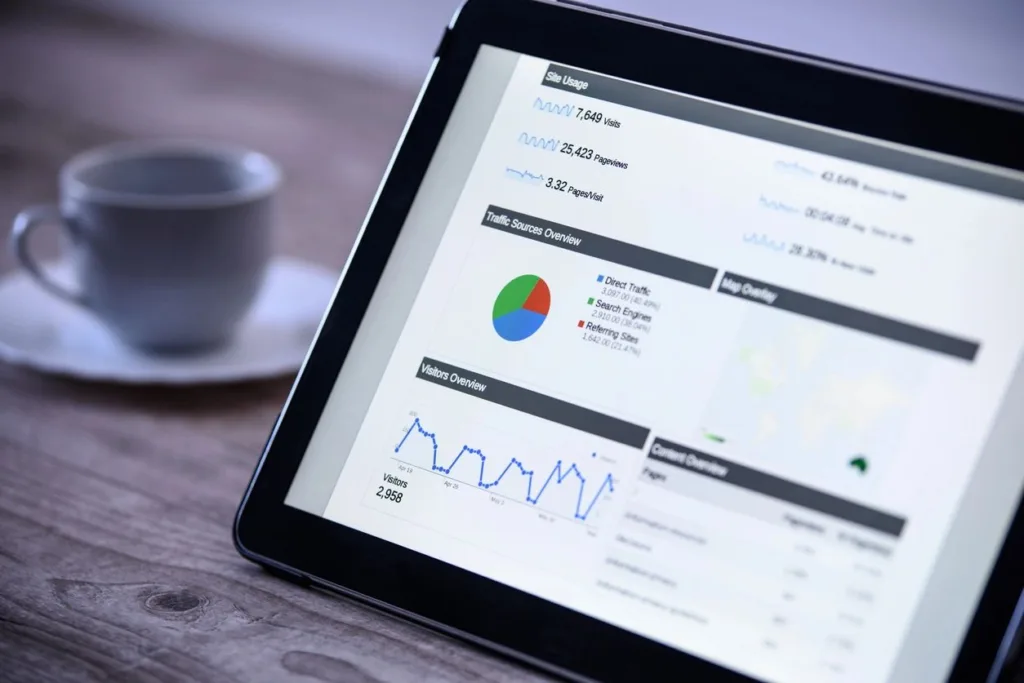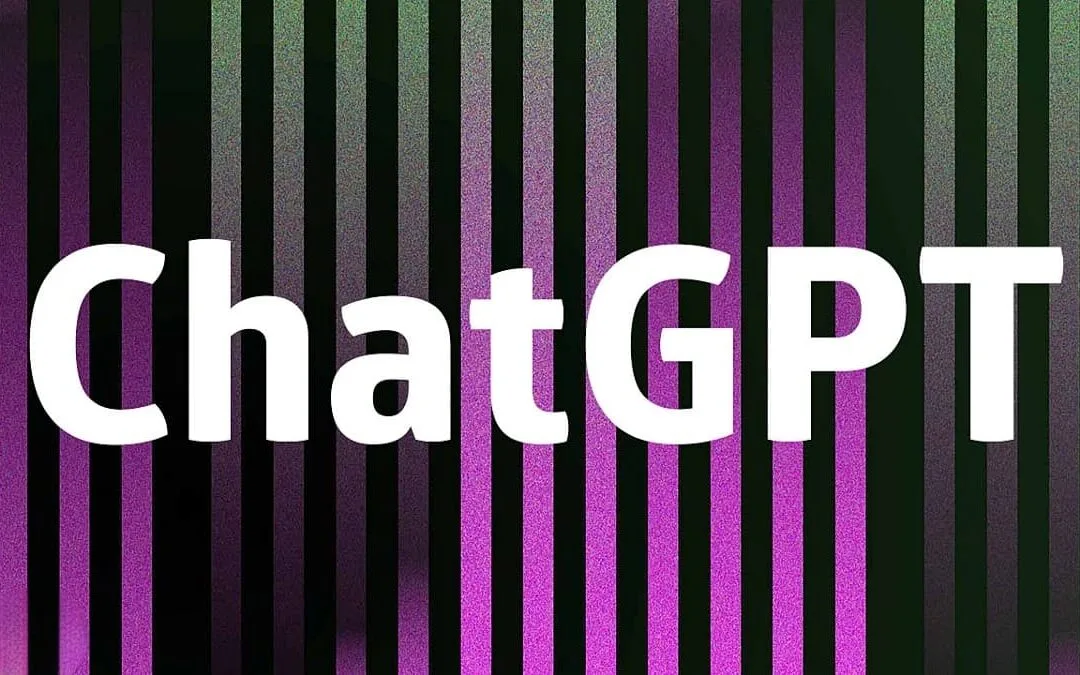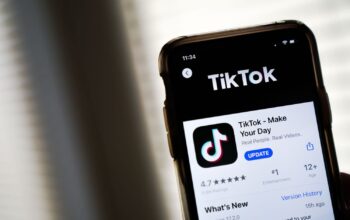Chat GPT the Ultimate Conversational AI” can be used to improve customer service by providing quick and accurate responses to customer queries. It can help businesses automate their customer support by answering frequently asked questions, resolving common issues, and guiding customers through self-service options.
Businesses can use ChatGPT for customer service by integrating it into their existing customer service channels, such as a website chatbot or a messaging platform.
Here are some steps that businesses can follow to use ChatGPT for customer service:
Customer Service:
- Determine the customer service use case: Identify the specific customer service use case that ChatGPT will be used for, such as answering frequently asked questions or providing product recommendations.
- Train the ChatGPT model: Train the ChatGPT model on a dataset of customer inquiries and responses to improve its ability to understand customer queries and provide relevant responses.
- Integrate ChatGPT into customer service channels: Integrate ChatGPT into the business’s customer service channels, such as a website chatbot or messaging platform.
- Test and refine the ChatGPT model: Test the ChatGPT model with a small group of customers to identify any issues or areas for improvement, and refine the model accordingly.
- Monitor performance and adjust as necessary: Continuously monitor the performance of the ChatGPT model and adjust it as necessary to improve the accuracy of its responses and enhance the customer experience.
Sales and Marketing:

Chat GPT can be used to engage with potential customers and promote products or services. It can assist businesses in lead generation, lead qualification, and lead nurturing by providing personalized recommendations and offers based on customer preferences.
Businesses can use ChatGPT for sales and marketing in several ways, including:
- Lead generation: ChatGPT can be trained to initiate conversations with potential customers and collect their information to generate leads for sales teams.
- Customer support: ChatGPT can provide 24/7 customer support, answering frequently asked questions and providing assistance to customers in real-time.
- Personalized recommendations: ChatGPT can use customer data to provide personalized product recommendations based on their preferences and behavior, increasing the likelihood of a sale.
- Sales automation: ChatGPT can be integrated with sales automation tools to streamline the sales process by qualifying leads, scheduling appointments, and sending follow-up emails.
- Social media engagement: ChatGPT can be used to engage with customers on social media platforms, responding to comments and messages, and increasing brand awareness.
- Content creation: ChatGPT can assist in creating marketing content, such as blog posts, social media captions, and email newsletters, by generating ideas and providing suggestions.
Overall, using ChatGPT for sales and marketing can help businesses improve customer engagement, increase conversions, and boost revenue.
E-commerce:

Chat GPT can be used to enhance the e-commerce experience by assisting customers in finding products, making purchases, and tracking orders. It can also help businesses reduce cart abandonment rates by providing personalized product recommendations and offers.
ChatGPT can be a powerful tool for ecommerce businesses, providing a range of benefits that can help improve customer experience and increase sales. Here are some ways businesses can use ChatGPT for ecommerce:
- Product recommendations: ChatGPT can analyze customer data and make personalized product recommendations based on their preferences and purchase history.
- Customer support: ChatGPT can provide 24/7 customer support, answering questions and providing assistance with orders and returns.
- Order tracking: ChatGPT can help customers track their orders in real-time, providing updates on shipping status and delivery times.
- Cart abandonment: ChatGPT can send automated messages to customers who abandon their carts, encouraging them to complete their purchase or offering incentives to do so.
- Upselling and cross-selling: ChatGPT can suggest complementary or upgraded products to customers during the checkout process, increasing the average order value.
- Return and exchange process: ChatGPT can assist customers with the return and exchange process, providing information on policies and procedures.
- Language translation: ChatGPT can help ecommerce businesses reach a wider audience by providing language translation services, allowing customers to communicate in their preferred language.
Overall, ChatGPT can help ecommerce businesses improve customer experience, increase sales, and reduce costs associated with customer support.
Content Creation:

ChatGPT can be a powerful tool for content creation. Here are some tips on how to use it:
- Brainstorm ideas: Use ChatGPT to generate a list of potential topics for your content. Input a general topic and let ChatGPT suggest related ideas.
- Research: Once you have a topic, use ChatGPT to research related information. Input specific questions or keywords related to your topic and see what information ChatGPT provides.
- Generate content: Use ChatGPT to generate content ideas, such as headlines, introductions, or even full paragraphs. Input a prompt or topic, and ChatGPT will provide suggestions and ideas for your content.
- Improve your writing: Use ChatGPT to improve your writing. Input a sentence or paragraph, and ChatGPT will provide suggestions for improving your grammar, syntax, and style.
- Generate social media content: Use ChatGPT to generate ideas for social media posts. Input a topic or theme, and ChatGPT will provide suggestions for posts that are engaging and shareable.
- Automate content creation: You can even use ChatGPT to automate your content creation. By inputting a specific topic or theme, ChatGPT can generate full articles or even books on that topic.
Remember, while ChatGPT can be a powerful tool for content creation, it’s important to ensure that the content it generates is accurate and appropriate for your audience. Always review the content carefully and make any necessary edits or revisions.
Overall, Chat GPT can help businesses improve their customer experience, increase their productivity, and drive their growth by leveraging the power of natural language processing and artificial intelligence.





